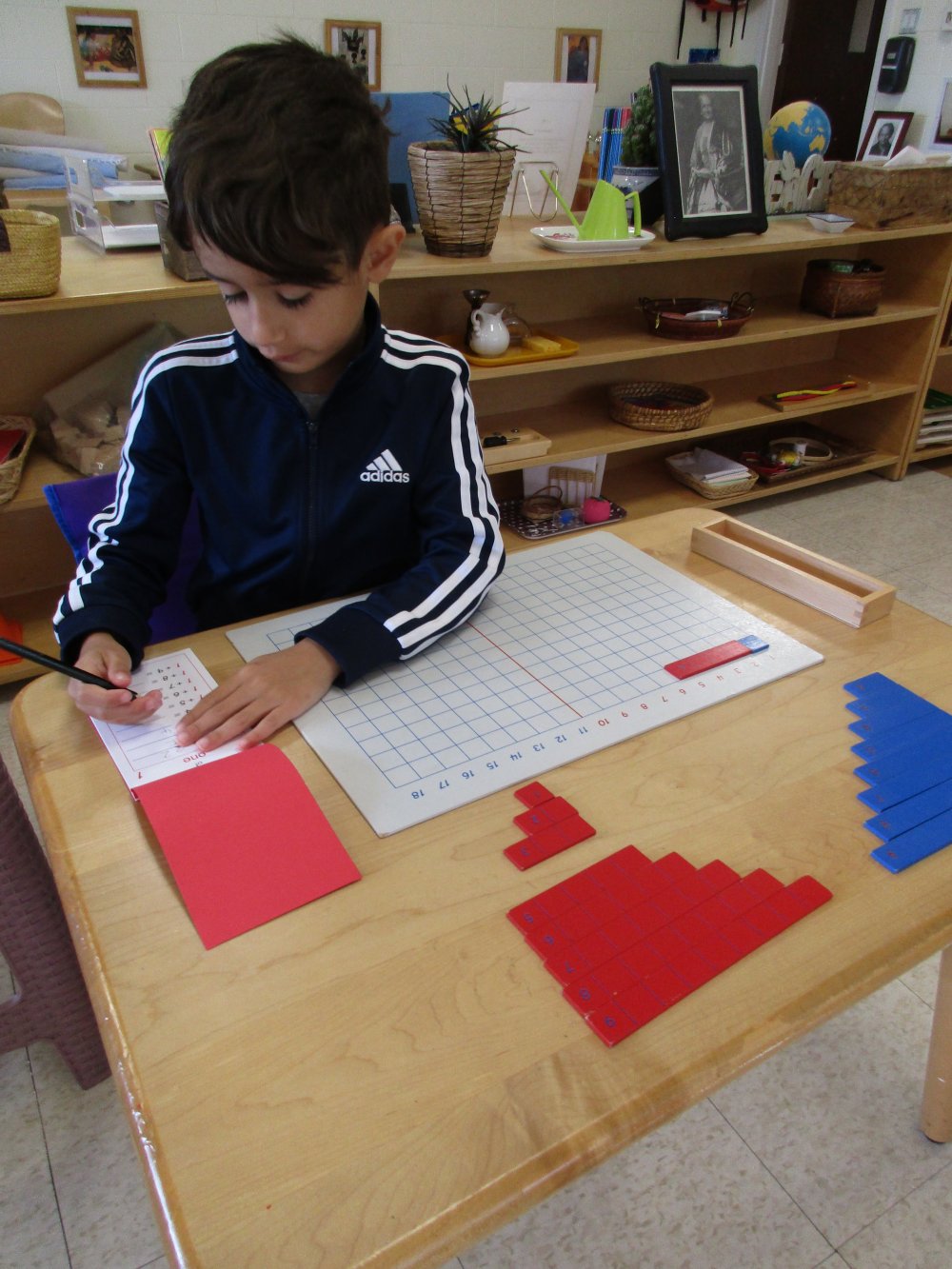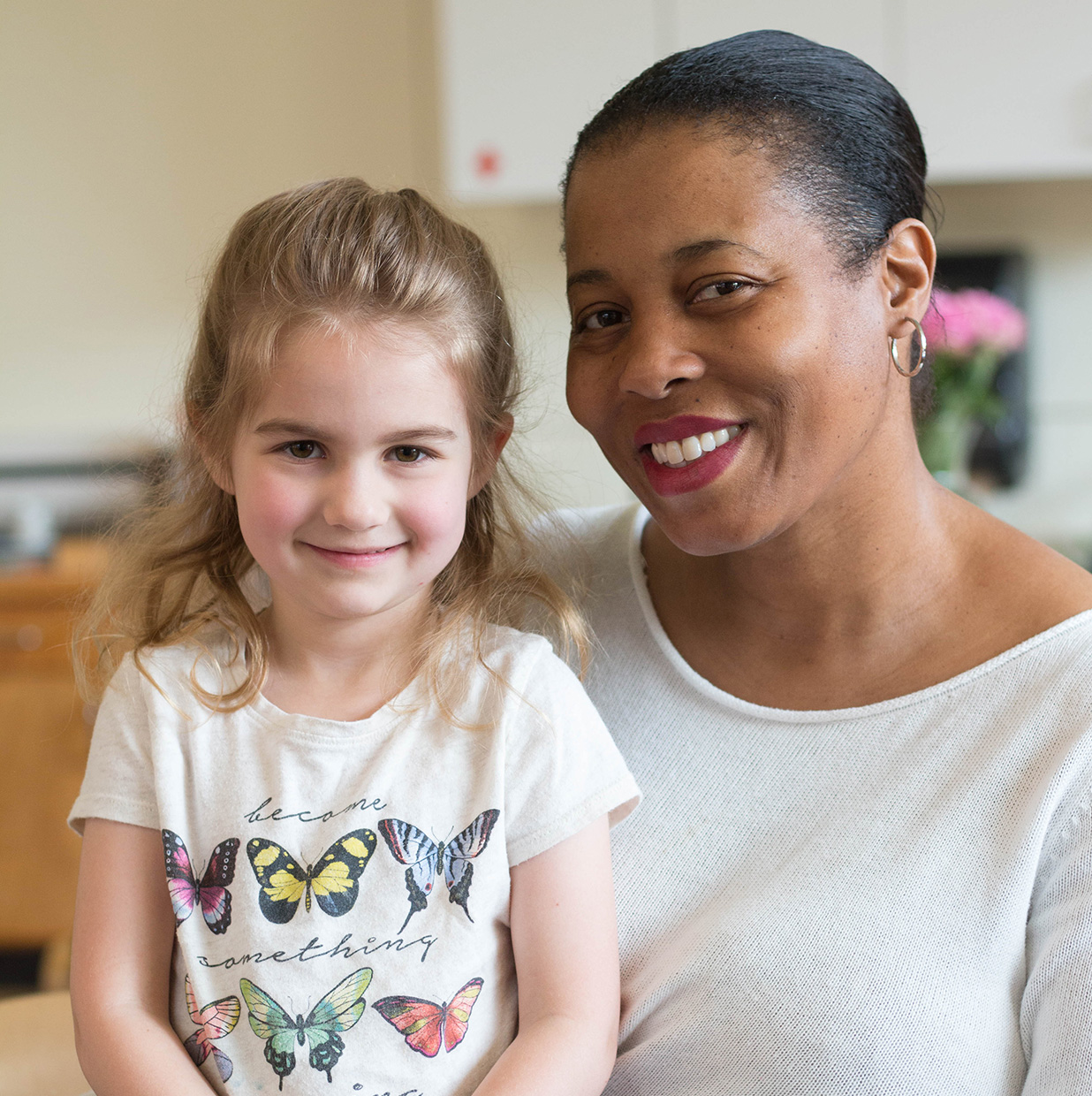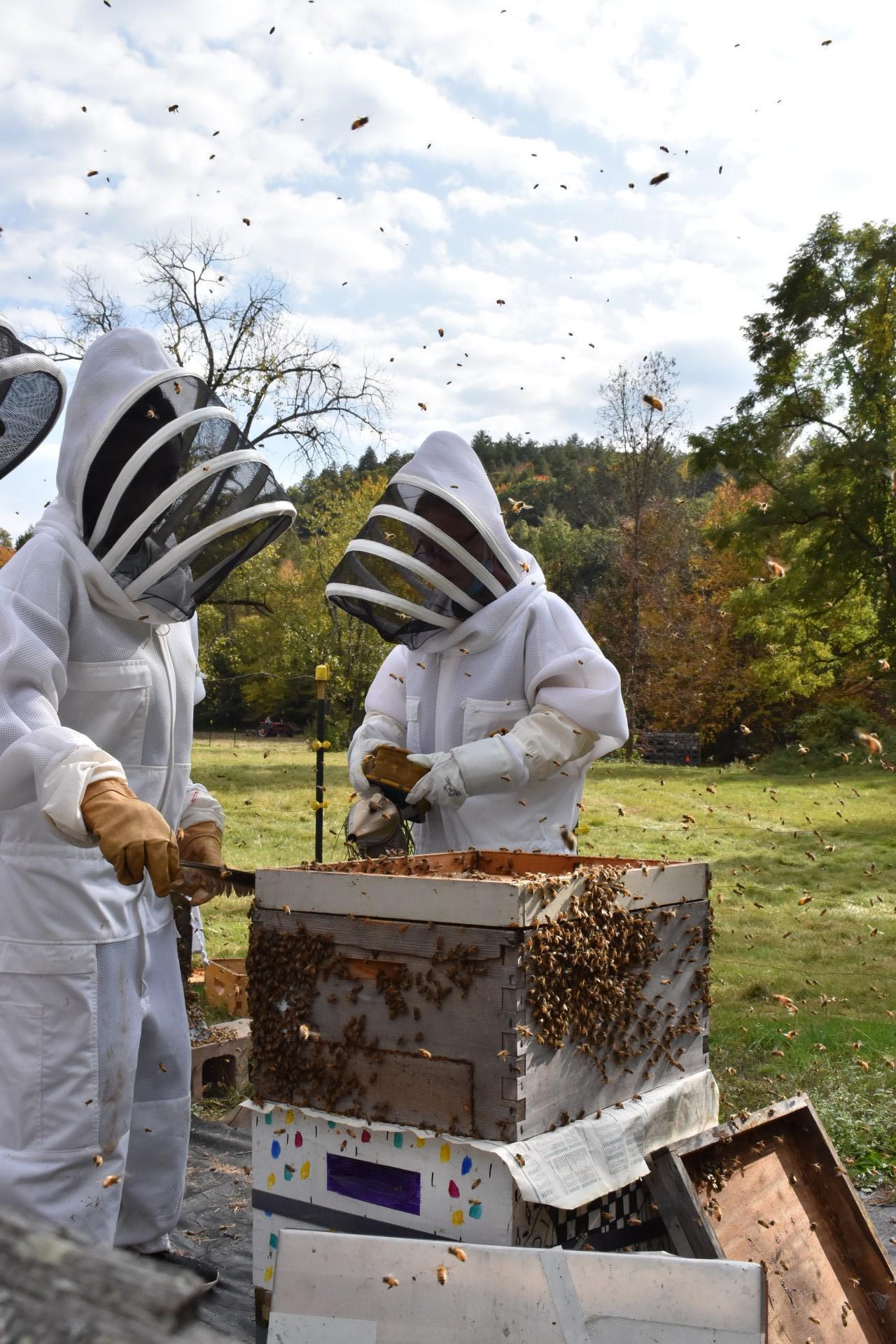The Impact of the Third and Fourth Year in Primary
October 2nd, 2024
The third and fourth year in a Montessori Primary cycle is a marvelous time for the child! The third and fourth year are fueled by complex developments in the life of the child and beautifully supported by the structure of the multi-year Primary cycle. In this article, we will look at the various components of development for the Primary child in their third or fourth year: looking first at social development, then at cognitive development, then at the development of self-management skills – and then pull it all back together again.
Social Development: Construction of the Social Self
In the social realm, the third or fourth year child’s focus begins to shift from what Montesssori called “the construction of the self” to the “construction of the social self” – work that typically starts at the age of six or seven and continues throughout the child’s elementary years.
How does the beginning of this developmental shift play out in the Primary classroom? In the first and second year of Primary, the child focuses his or her social energies on finding and understanding their place in the classroom, testing and internalizing limits and boundaries, observing (and, of course, participating) in conflicts and their resolution, learning how to participate in classroom routines, taking care of the environment through the exercises of practical life, and working alone or side-by-side with others.
All the while, they are absorbing the social structure and natural hierarchy of the classroom, where they observe third year children working at the highest levels of competence, responsibility, independence and leadership. Third and fourth year children are universally looked up to and perceived as the children with the skills needed to “do it all.” Not surprisingly then, even in these early years, the characteristics, responsibilities and privileges of the third year child are something the younger children aspire to, and an often-heard classroom refrain is, “when I’m a third-year, I’m going to be able to…and I will do…”
Therefore, when a child actually becomes “a third year” he or she takes on the role and the work with both seriousness and great delight.Third year Montessori children find that, as they had hoped, they are now in fact the oldest, most experienced, and most skilled children in the classroom – and that the younger ones are indeed watching them, listening to them, and counting on them. In response to this role (in which they are continually and naturally cast by the mixed-age structure) and in response to their own inner drive to develop in the social realm, leadership traits and skills begin to emerge. Each child evolves his or her own style, suited to their own temperament and skills: some take charge, some lead quietly by example, others develop a devoted “following” simply by being their own very competent and helpful selves.
Third-year leadership takes many forms. As teachers and mentors, third-years support younger children as they learn how to use classroom materials. As the acknowledged ‘elder statemen” of the community, they often intervene in and help to resolve conflicts. They model and uphold classroom norms, living the Grace & Courtesy lessons that were exercises and role plays in their first and second year. They also give back to the classroom community in a multitude of practical ways, from helping with coats and jackets to teaching others how to tie their shoes.
Importantly, third and fourth year children also begin to learn how to put their own needs aside to meet the needs of others – another mark of evolving leadership and maturity. They learn that their work can be interrupted by a three-year old who needs help with classroom materials, or that helping a younger child can also mean delaying one’s rush out the door to recess. In the Montessori environment, increased privileges, status and capability are paired with increased responsibilities and the expectation that others will more often be put first. The child begins to let go of his earlier view of himself as the ‘center of the universe’ and increasingly reaches out to participate in a wider, more complex social world.
Cognitive Development: from Acquisition to Application
The first two years of Montessori Primary are best characterized as years of apprenticeship. Fascinated by the materials, children acquire skills through repetition, first learning to perform elements of one component of a skill, then mastering multiple components, then (typically in the third or fourth year) mastering a skill in its entirety.
Each time the child repeats an activity, s/he activates processes for laying down pathways of information in the brain, crafting new information and understanding onto old information. With each repetition, the child’s physical skill and control increases, and his or her understanding of characteristics, patterns and relationships deepens. Skills are consolidated, concepts are absorbed, and the child’s store of knowledge steadily expands.
Having been a diligent apprentice, the third year child now (finally!) reaps the full benefit of these earlier efforts. The evolving master of multiple skills and concepts is now able to shift his or her focus from skill acquisition to the exciting new realm of skill application. And so, in the third year, children begin to create their own work. For example, having mastered basic reading skills, the third year child can freely pursue his or her own passions -- for information about polar bears, dinosaurs, or a favorite artist. Or the child can orchestrate the use of maps, music and books to immerse themselves in a fascinating, far away time or place. Math skills can be used to make field trip or picnic plans. The child begins to see that the possibilities are, in fact, endless, and the world opens up to them.
Self-Management Development: Increased Concentration, Self-Discipline & Independence
As the first and second year child acquires skills in the Montessori classroom, s/he also stretches his or her powers of concentration, strengthens self-discipline, and works with increasing independence. These gains are “designed in” to the Montessori experience.
For example, throughout the Primary experience, the teacher is careful to present the child with work of steadily increasing complexity, thereby stretching the child’s ability to concentrate. To work successfully with Montessori materials, the child must focus his attention, attend to his actions, and exert physical control to succeed, all of which helps the child to acquire self-discipline. Activities such as carrying a glass pitcher full of water through the room without spilling a drop and “the Silence Game,” in which children attempt to be motionless, have the same effect. Independence grows steadily with skill acquisition, as the child can do more and more on his or her own, and relies on the teacher less and less.
By the third year, the child’s now well-developed self-management skills function like the special “secret ingredient” in any good recipe, integrating and elevating the entire “dish.” For example, strong concentration skills make possible the complex math and language work and the extensive cultural activities that are the hallmark of the third year. The freedoms and responsibilities of the third year inspire and require supreme self-discipline. And the spirit (and fact) of independence fuels the creative, possibility-exploring work of the masterful third year child.
All Together Again
The third and fourth year in Primary is the capstone year, the crowning year. As any Primary teacher will tell you, the child does in fact awake, bloom and blossom in this year. Drawing on new social capabilities, confidently deploying a wide repertoire of skills, and working from a solid platform of self-management skills, third year children lead and mentor, give back and create community, inspire the younger children, and create their own work as they pursue their individual passions. An adult operating at this level would be described as someone experiencing “peak performance” -- what a wonderful thing for a child to revel in at the age of six!
If you have additional questions about this crowning year in your child's Montessori experience, please reach out to your child's teacher or to the Main Office for more information.














